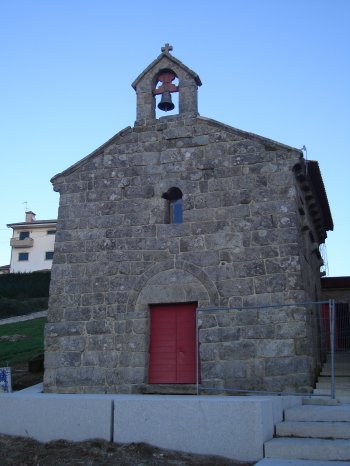Explore the best places
Heritage in Portugal
Casa do Judeu
- heritage
Travessa do Passadiço
6360-080, Linhares da Beira
Noble House with granite masonry façade, where stands out the front door, protected by a porch typical clipping. As was usual in the homes of Jews, the door is wide with verga, shoulder pads and stripes in the background, beveled to mark the hierarchy.
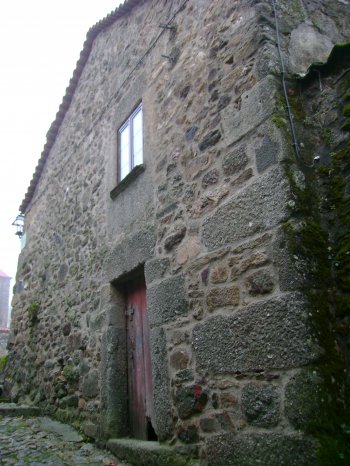
Igreja Matriz de Linhares da Beira / Igreja de Nossa Senhora da Assunção
- heritage
Largo da Igreja
6360-080, Linhares da Beira
Church rebuilt in the 17th century, the present some traces in Romanesque chancel and side door. Featured, on the façade, to the triangular pediment stopped and for the window in the shape of flower with four petals. Inside, highlight to the altars decorated. Some of the paintings are attributed to Grão Vasco.
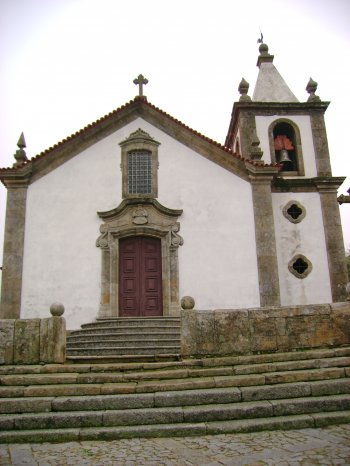
Igreja de Santa Maria de Celorico da Beira
- heritage
Praça de Santa Maria
6360-362, Celorico da Beira
This monument was reformed on the 18th century and it conserves, from that period, the baroque façade and two bell ringer towers. It stands out the statuary and the paintings, the coffers on the ceiling with images of painted saints, the glazed tiles from the 17th century and the grave tombstones.
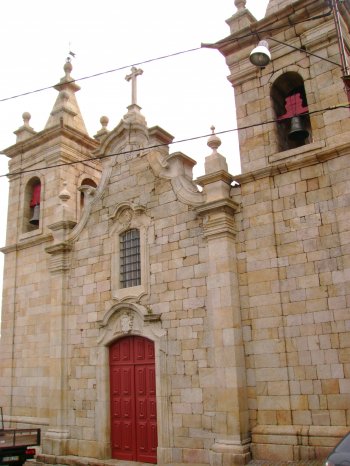
Castelo de Linhares da Beira
- heritage
Rua do Castelo
6360-080, Linhares da Beira
Situated on a lot within 800 meters of altitude, in the foothills of the Serra da Estrela, this castle has been a castro occupied by Romans and destroyed by the Moors in the 9th century, before it was recovered by Dom Dinis. Saves only the enclosure defined by two towers with multiple floors.
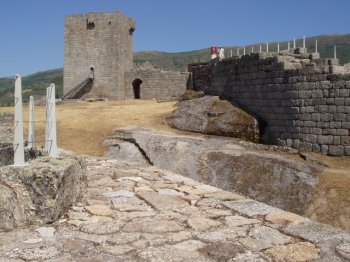
Castelo e Muralhas de Celorico da Beira
- heritage
Rua do Castelo
6360-339, Celorico da Beira
Castle consisting of a fence with two towers and a keep. Located on top of a granite formation overlooking the village, it dates from the 14th century. The straight-arch crevices, rectangular-faced merlons and broken-arch main doors are highlighted. The walls present an irregular configuration and uncovered walkway.
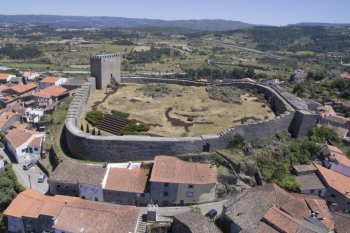
Biblioteca Municipal Doutor Miguel Mota
- heritage
Avenida Agostinho Ribeiro
4610, Margaride (Santa Eulália)
This space has an interior garden and an auditorium for about 200 people. It is possible to read, borrow books, listen to music, watch videos, access the internet, consult the Municipal Archive of Felgueiras, among others.
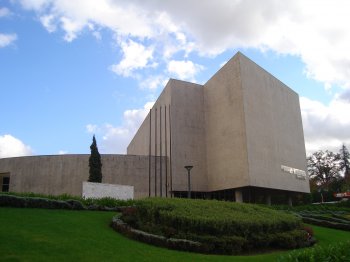
Museu Casa do Assento
- heritage
Lugar do Assento
4610-301, Friande
The museum is structured in four distinct areas: Arts and Crafts, Agriculture, Fishing and Sacred Art, with other sections with various traditional tools. The pieces on display represent an era that begins in the last century until the present day.
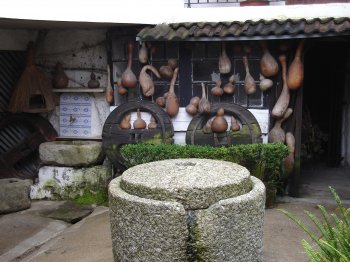
Paço de Pombeiro
- heritage
Rua do Burgo, 590
4610-619, Pombeiro de Ribavizela
The construction of Paço de Pombeiro dates back to the 16th century, in a Manueline style. It is a Property of Municipal Interest that boasts ancient lines and layouts, in all their splendour.
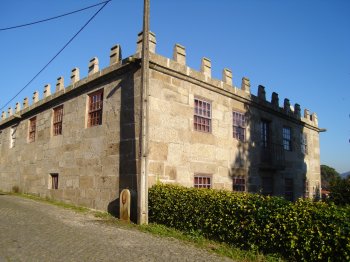
Igreja do Salvador de Unhão
- heritage
Lugar da Igreja
4650-652, Unhão
Of modest proportions, this temple has a single nave and a rectangular chancel, highlighting the main portal which, made up of four archivolts with a round arch decorated with geometric and vegetal motifs, frames a tympanum filled with the typical hollow cross of the bracarense tradition. The gilded carving of the altarpieces that flank the triumphal arch and the main altarpiece appears during the 18th and 19th centuries. The Church of Salvador de Unhão reflects the importance and scope of the settlement of the region during the 13th century, whose foundation can be dated from the epigraph that records the …
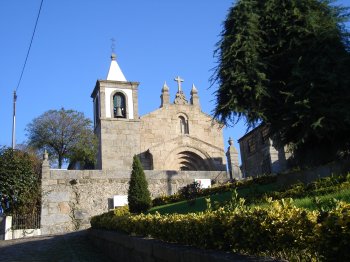
Igreja de São Mamede de Vila Verde
- heritage
Lugar de São Mamede
4615-463, Vila Verde
This church is already mentioned in documents dating from 1220, as an integral part of the patronage of the Monastery of Santa Maria de Pombeiro. However, the current building has features of later Gothic influence, even though Romanesque construction was used. The chapel was probably built in the 13th century, when King Mendo de Sousa moved to Vila Verde. Today, evidence of frescoes by Mestre Arnaus can still be seen in the chancel, as weel as the plasterwork decorated with paintings in the nave.
